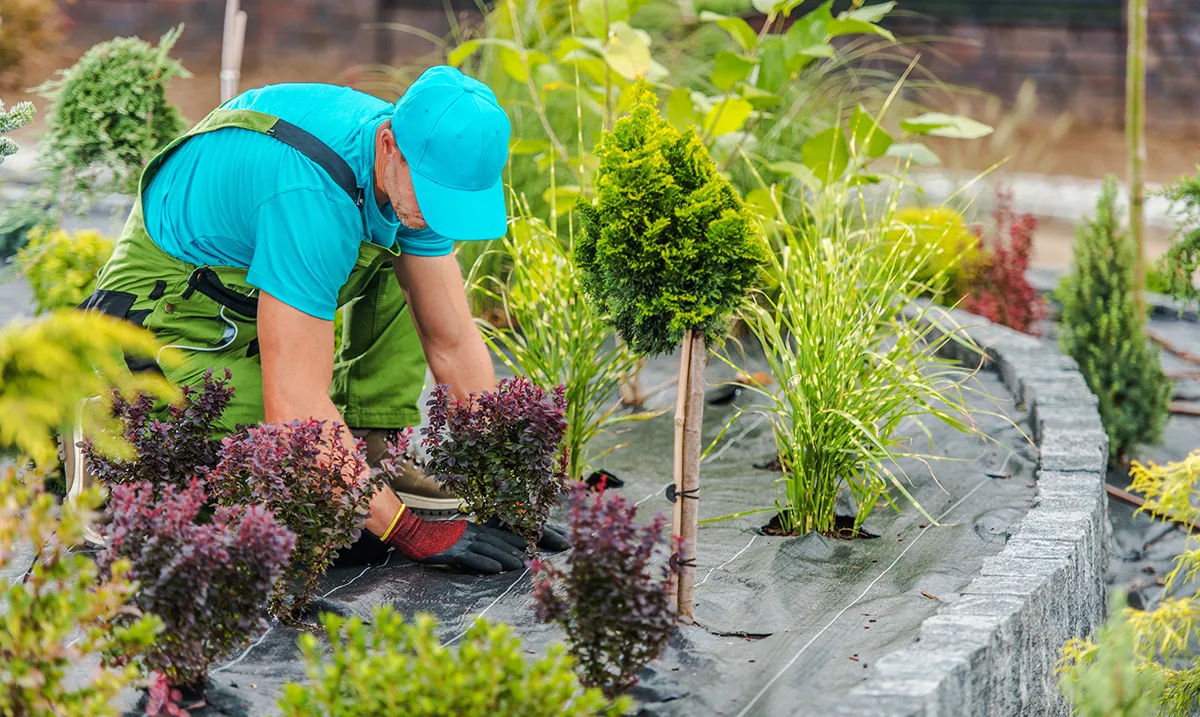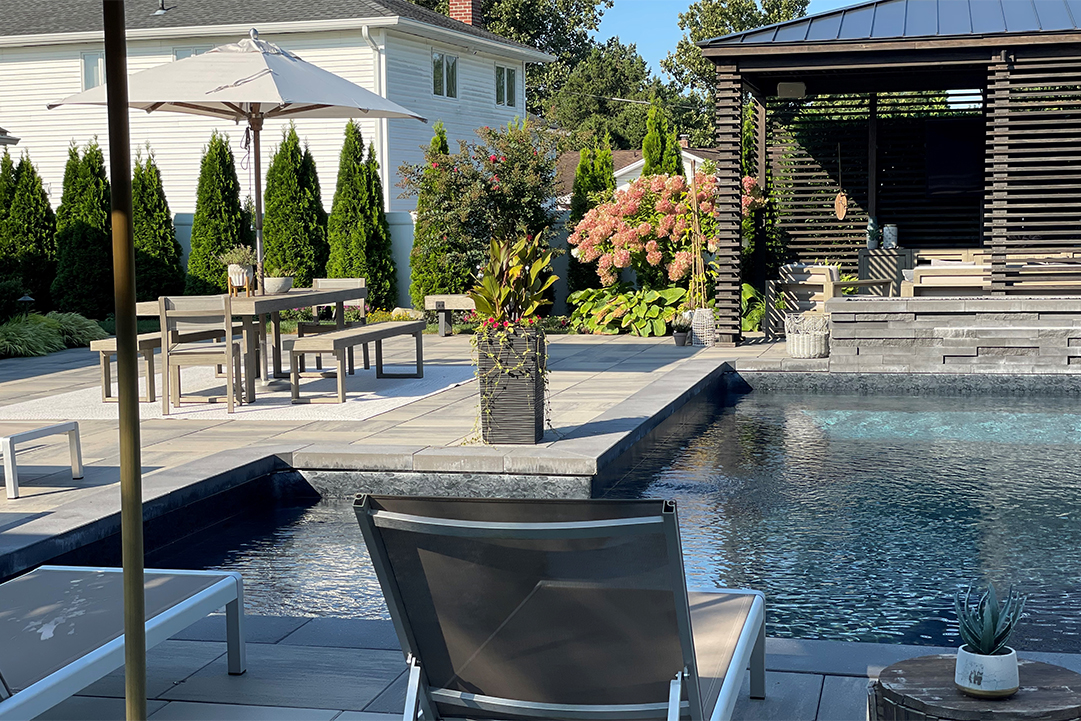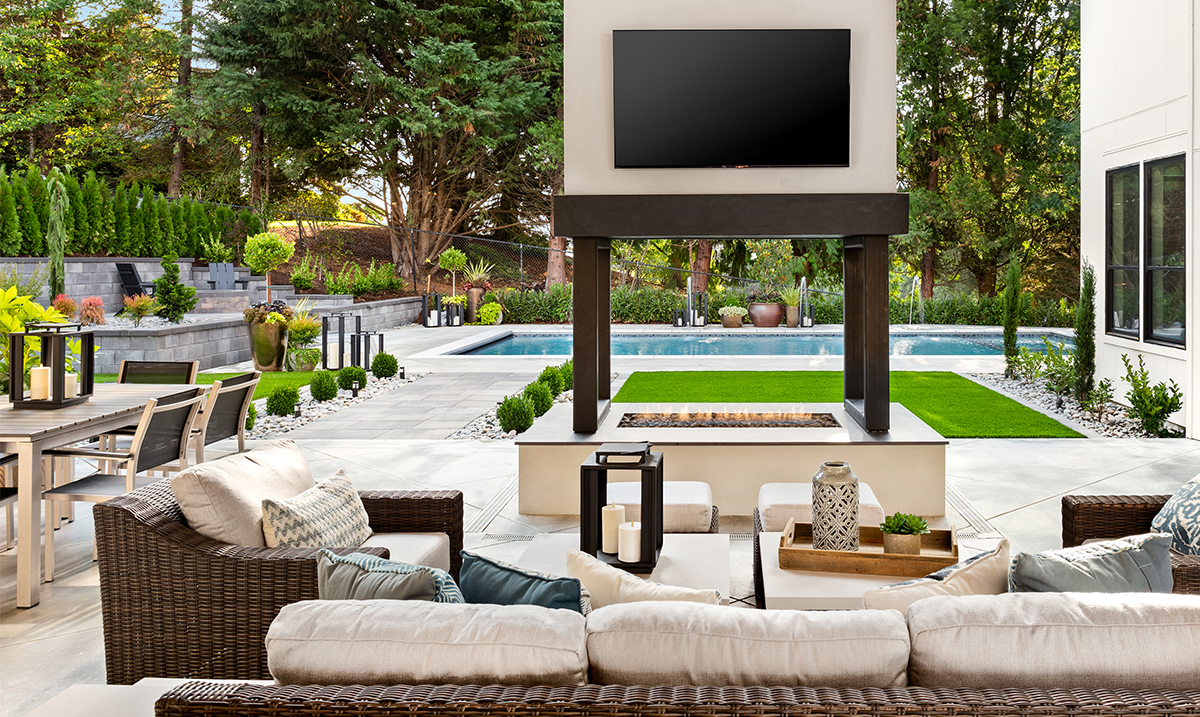Is your garden getting saggy? Are you worried about that grassy bank wilting this summer?
Yes? It may be time to consider installing a retaining wall on your property.
Residential retaining walls have several aesthetic and safety benefits. They can also protect your home from damage caused by flooding. It’s damage that your insurance company might not pay for.
Here’s what you need to know about this landscaping feature that could save your property and possibly your life.
How Do They Work?
Retaining walls work by combining the following elements. If one of them is off kilter or absent, disaster could result.
Support
Retaining walls need to hold back an incredible amount of soil. Without the correct support system, even the strongest ones will crumble.
The most basic kind of retaining walls are built using a sloping technique called step-back construction. This allows the retaining wall to press back against the soil.
Vertical walls, or those higher than 3 feet, need extra support to keep them upright. Steel reinforcement, buried footings or a cantilevered design suffice in these cases. Large walls usually have strong tie-backs attached to anchors behind the wall to keep them in place.
Very thick walls can often bear the brunt without any extra support. However, these are only suitable for very large gardens.
It is common practice to bury about 1/8 of the wall below ground level, to ensure that the structure remains stable.
Foundations
A basic step-back retaining wall usually only needs a gravel-filled trench as a foundation. More complicated structures must have a solid structural foundation.
These concrete foundations are poured below frost-level. This means they can’t be disturbed by soil contracting during a cold spell.
Back-fill
A back-fill counteracts the effects of soil swelling when it becomes wet. This gravel layer is laid right behind the retaining wall and will prevent it from cracking due to soil movement.
Drainage
In most cases, the back-fill will take care of any drainage issues. However, sturdy concrete walls often need specialized drainage systems built into them to cope with seepage.
Different Kinds of Retaining Walls
The main purpose of a retaining wall is to hold soil in place regardless of their design.
You can choose from several types of material for your residential retaining wall such as:
- Stone
- Precast Concrete
- Poured Concrete
- Brick
- Timber or railway sleepers
These constructions can be unappealing if they serve a purely functional purpose.
A creative contractor will choose a material and design that compliments the rest of your landscaping. They could even add a few extra aspects to the design.
Combining Form and Function
Residential retaining walls can transform your garden from a chaotic, hilly mess into an ordered and structured environment.
They can be used to craft attractive terraces which create space where there was only a slope before. The addition of flower boxes to the edges of your terraced retaining walls will also give your outdoor spaces a colorful boost.
Retaining walls can be used to hold back the soil to make spacious entertainment areas. Seating can be added to their base for added appeal around a barbecue or swimming pool area.
Imaginative use of retaining walls can transform almost any uneven area into an eye-catching space.
Residential retaining walls are great for easing the transition between dramatic land elevations. A walk-out basement is one example of this.
Some Ideas
As long as the basic structure is sound there are few limitations on how you can use a retaining wall to improve your garden.
Here are a few ideas:
Create a beautiful and functional living wall by planting the interlocking concrete blocks of your retaining wall with herbs and other greenery.
Use the space between terraced retaining walls as a pathway to other areas of the garden.
A short varnished wooden retaining wall makes an attractive partition between grassy and paved or gravel areas.
By building your retaining wall in a curved shape, you can build a seating area around a fire-pit for socializing.
A waved and terraced shape is perfect for showing off gorgeous garden beds filled with flowers and shrubs.
If your garage area is higher than your house, a retaining wall with a staircase creates an elegant entrance to your home.
Likewise, if you live below the road, building terraces from retaining walls can make the unattractive drop seem less extreme.
Retaining walls can be used to make space for a paved swimming pool area on a slope. Postbox fountains with water flowing from the wall into the pool add a touch of luxury to the design.
DIY Residential Retaining Walls Aren’t a Good Idea
Unless you get a reputable company to install the retaining walls on your property, you will miss out on many of these benefits.
Ask around and research contractors on the internet before you hire someone to put your residential retaining walls in place. You are looking for a landscaping contractor with experience, passion and a great portfolio.
Once you decided on a few candidates, ask them to meet you at home to discuss solutions and ideas to improve your garden. When you are satisfied with their input, get a written quotation from each one before making your decision.
Bear in mind that there may be regulations with regard to constructing retaining walls in your neighborhood. A good contractor will be aware of these and guide you through any red tape you encounter.
Are You Ready to Reap the Benefits?
If you think you will benefit from adding a retaining wall to your garden, we can help. We have all the credentials needed to work with you to improve the safety and appearance of your home.
Browse through our portfolio of residential projects to see what we can do.
We deal with a wide range of home exterior improvements. Get in touch if you have any questions about landscaping, retaining walls, garden lighting or landscape maintenance.




